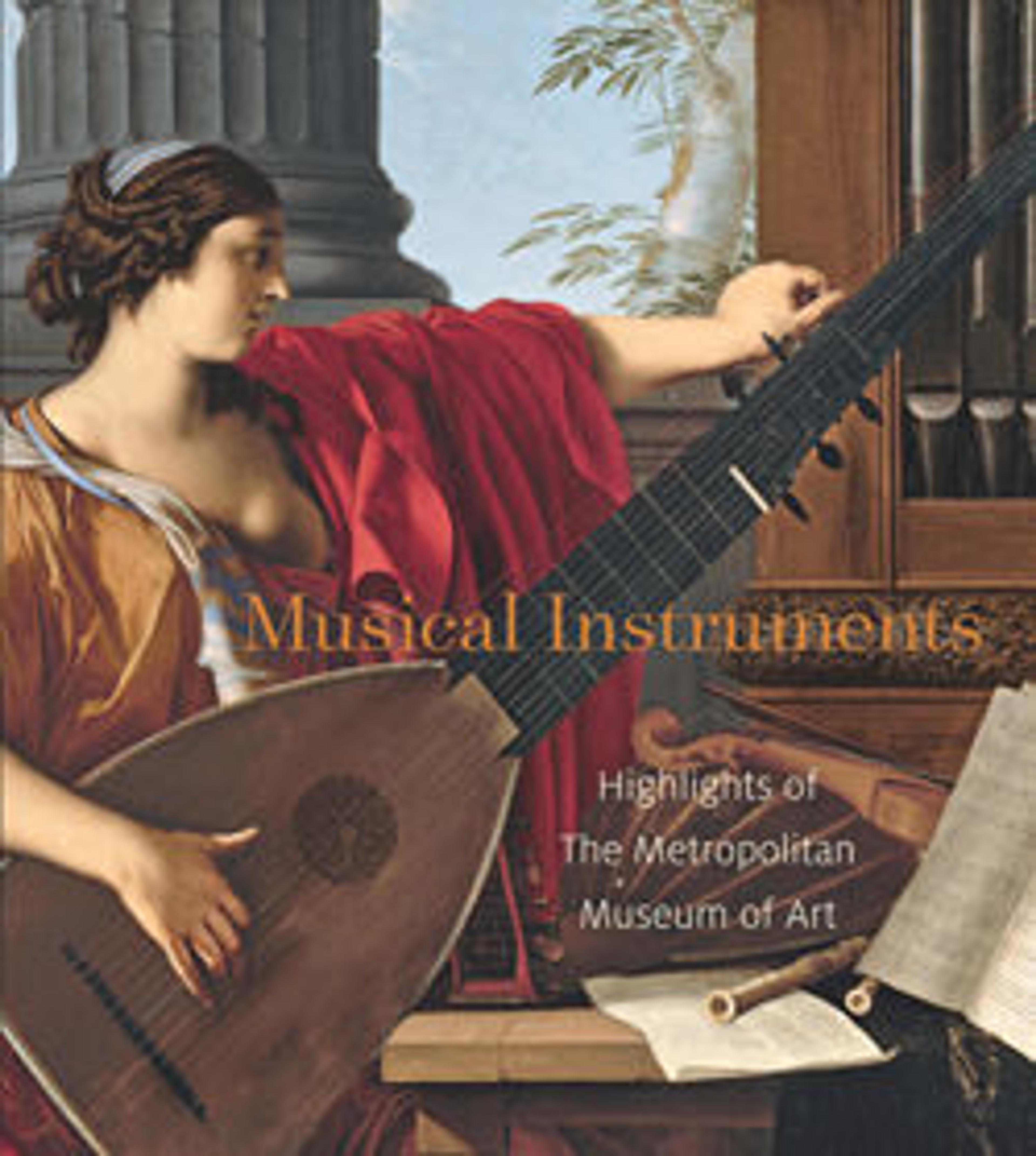Tenor Oboe
This tenor oboe, or taille de hautbois, was made by the master woodwind maker Johann Wolfgang Köningsperger, perhaps the most important member of a family of woodwind makers in Roding Oberpfalz, Bavaria. This beautiful instrument is built of stained pearwood in three sections: the upper and lower body joints and the bulbous bell. There are six finger holes and three brass keys. Like oboes of the time, a player could make the choice about which hand to use for the top or bottom holes. The instrument, which measures approximately 818 mm in length, is pitched a fifth lower than Köningsperger’s soprano oboe, which measure about 570 mm.
Although the taille de hautbous was composed for by both Lully and J. S. Bach, its greatest use would have been in outdoor bands paired with other oboes. The instrument would later be replaced by the English horn.
Although the taille de hautbous was composed for by both Lully and J. S. Bach, its greatest use would have been in outdoor bands paired with other oboes. The instrument would later be replaced by the English horn.
Artwork Details
- Title: Tenor Oboe
- Maker: Johann Wolfgang Köningsperger (German (Bavarian), active Roding 1725–1752)
- Date: ca. 1730
- Geography: Roding, Bavaria, Germany
- Culture: German (Bavarian)
- Medium: Stained pearwood, brass
- Dimensions: 31 5/8 × 2 3/4 × 2 3/4 in. (80.3 × 7 × 7 cm)
- Classification: Aerophone-Reed Vibrated-double reed
- Credit Line: Purchase, Amati Gifts, 2011
- Object Number: 2011.416
- Curatorial Department: Musical Instruments
More Artwork
Research Resources
The Met provides unparalleled resources for research and welcomes an international community of students and scholars. The Met's Open Access API is where creators and researchers can connect to the The Met collection. Open Access data and public domain images are available for unrestricted commercial and noncommercial use without permission or fee.
To request images under copyright and other restrictions, please use this Image Request form.
Feedback
We continue to research and examine historical and cultural context for objects in The Met collection. If you have comments or questions about this object record, please contact us using the form below. The Museum looks forward to receiving your comments.
